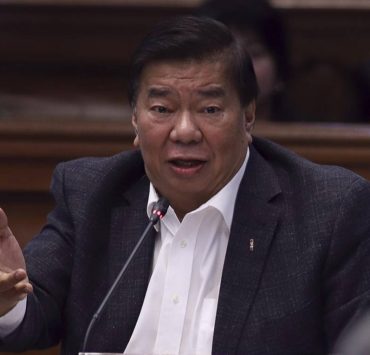Credit rating defying downgrade predictions
The Philippines kept its most-prized investment grade rating from S&P Global Ratings, continuing to defy expectations of a downgrade as signs emerged that the economy’s recovery from the pandemic would stay robust and help narrow the budget shortfall.In a statement on Wednesday, S&P affirmed the country’s triple-B plus rating while keeping a “stable” outlook, meaning changes in the rating are unlikely in the next 18 to 24 months.
A credit rating is a measure of an entity’s capacity to settle its debts. The higher rating means better perception of lenders on a borrower’s ability to pay its obligations.
S&P’s decision followed a similar move from Fitch Ratings last Nov. 11, making it the latest credit rating agency to give the Philippines a badge of creditworthiness. Among the so-called “Big Three” debt watchers, S&P puts the Philippines a notch below “A”—the highest rating there is—while Fitch and Moody’s Investors Service placed the country two steps away from the coveted rating.
That said, the favorable action bodes well for the President Marcos’ goal to bag the A rating before the end of his term in 2028, which would be a daunting task for an administration that had been repeatedly warned of a downgrade after inheriting a heavy debt burden because of the previous government’s costly pandemic response. “In a sea of downgrades, the international rating agencies continue to affirm their confidence in the Philippine economy’s macroeconomic fundamentals,” Finance Secretary Benjamin Diokno said in a statement. “We continue to pursue the Road to A under President Marcos Jr.’s administration.”Growth potential
Explaining its decision, S&P said the Philippines is regaining its footing, although growth this year would likely miss the government’s 6 to 7 percent target after stubbornly high inflation crimped household consumption, a traditional growth driver. Gross domestic product (GDP) is forecast to expand 5.4 percent in 2023, which the debt watcher nevertheless deemed “healthy” despite being slower than the 7.6 percent actual expansion recorded in 2022. Growth is projected to hit 6.4 percent in 2026 which, if realized, would miss the Marcos administration’s target of supercharging growth to 6.5 to 8.0 percent half-way through his six-year term.The robust growth, in turn, would help trim the government’s budget gap. S&P said it projected the fiscal deficit, as a share of the economy, to shrink to 3.8 percent in 2023, from 4.4 percent last year. By 2026, the credit rater said the budget shortfall is predicted to narrow to 2.3 percent of GDP.But S&P said restoring the government’s debt settings back to prepandemic levels over the next 12 to 24 months “could be challenging” as aggressive rate hikes meant to tame inflation push up borrowing costs. Debts, as a share of the economy, is forecast to settle at 52.4 percent this year before further easing to 52.4 percent in 2024, when interest burden would likely “subside” as government revenues pick up alongside an economic rebound. INQ

















